Molybdenum crucibles are vital parts of sophisticated thin film deposition methods and are used in ultra-high vacuum (UHV) evaporation procedures. These specialty containers are made to endure high vacuum conditions and harsh temperatures without losing their structural integrity. For accurate and reliable thin-film deposition in semiconductor manufacturing, materials science research, and nanotechnology applications, molybdenum crucible UHV evaporators are essential. They are perfect for use in UHV evaporators due to their special qualities, which include a high melting point, low vapor pressure, and exceptional thermal conductivity. We will examine the many facets of molybdenum crucibles and their importance in both industrial and cutting-edge research as we dig deeper into the topic.
Fundamentals of Molybdenum Crucibles in UHV Evaporation
Properties of Molybdenum for UHV Applications
Molybdenum's exceptional properties make it an ideal material for crucibles used in ultra-high vacuum evaporation processes. Its high melting point of approximately 2,623°C (4,753°F) allows it to withstand the extreme temperatures required for evaporating a wide range of materials. Additionally, molybdenum's low vapor pressure ensures minimal contamination of the deposited films, which is crucial for maintaining the purity and quality of the resulting thin layers.
The thermal stability of molybdenum is another key factor in its suitability for UHV evaporation. Even at elevated temperatures, molybdenum retains its structural integrity and resistance to deformation, ensuring consistent performance throughout the evaporation process. This stability is particularly important in applications where precise control over the evaporation rate and film thickness is essential, such as in semiconductor manufacturing and nanotechnology research.
Furthermore, molybdenum's excellent thermal conductivity contributes to uniform heating of the evaporant material, promoting consistent evaporation rates and homogeneous film deposition. This property is especially valuable in applications requiring precise control over film composition and thickness, such as in the fabrication of advanced electronic devices and optical coatings.
Design Considerations for Molybdenum Crucibles
A number of elements are carefully taken into account while designing molybdenum crucibles for UHV evaporators in order to maximize their longevity and performance. The dimensions and form of the crucible are adjusted to meet the particular needs of the evaporation procedure and the kind of material being deposited. Common designs are conical and cylindrical, each with special benefits for material use efficiency and evaporation properties.
Wall thickness is another critical design parameter, as it affects the molybdenum crucible UHV evaporator's heat distribution and structural integrity. Thicker walls provide better resistance to deformation at high temperatures but may result in slower heating and cooling rates. Conversely, thinner walls allow for more rapid temperature changes but may be more susceptible to warping or damage over time.
Surface finish is also an important consideration in molybdenum crucible design. A smooth interior surface helps prevent the accumulation of residual material and facilitates easier cleaning between deposition cycles. Some crucibles may feature specialized surface treatments or coatings to enhance their performance or compatibility with specific evaporant materials.
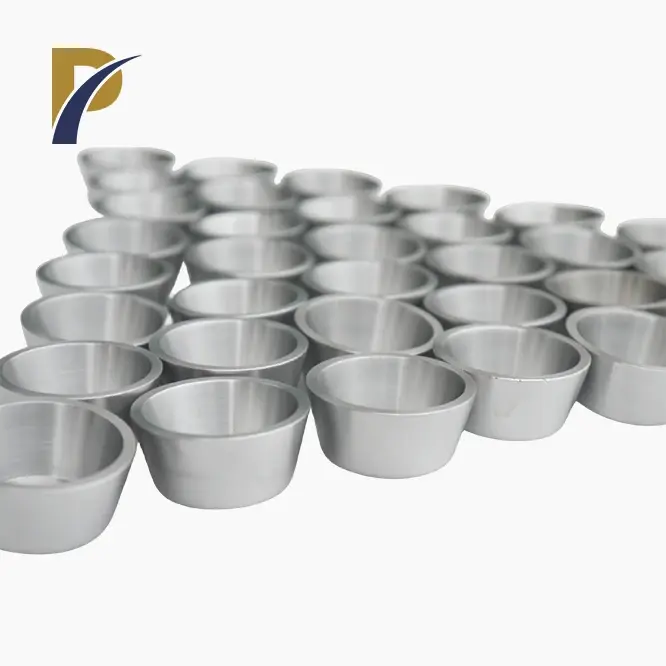 |
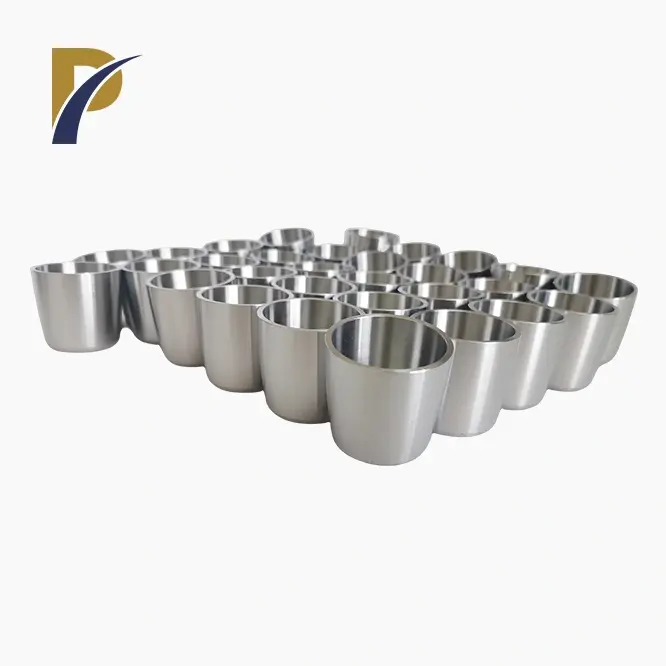 |
Manufacturing Processes for High-Quality Crucibles
To guarantee purity, structural integrity, and reliable performance, advanced manufacturing procedures are used in the creation of premium molybdenum crucibles for UHV evaporators. High-purity molybdenum powder or ingots are usually chosen first, and they are subsequently put through a variety of forming and shaping techniques.
One common manufacturing approach is powder metallurgy, where molybdenum powder is compacted and sintered to create the desired crucible shape. This method allows for precise control over the crucible's density and microstructure, which can influence its performance in UHV environments. Alternative techniques include machining from solid molybdenum blocks or employing advanced forming processes such as deep drawing or spinning.
Post-manufacturing treatments, such as annealing and surface finishing, are often applied to enhance the crucible's properties and remove any residual stresses or impurities. These steps are crucial for ensuring the crucible's reliability and longevity in demanding UHV evaporation applications.
Applications of Molybdenum Crucibles in Advanced Research and IndustrySemiconductor Manufacturing Processes
For the deposition of thin films for different device components, molybdenum crucibles are essential in the semiconductor manufacturing industry. High-quality, homogeneous layers that are necessary for sophisticated semiconductor devices can be produced because to the ultra-high vacuum environment and the accuracy provided by molybdenum crucibles.
Gate electrode fabrication for metal-oxide-semiconductor field-effect transistors (MOSFETs) is one important use. Materials that create crucial conductive layers in these devices, such titanium, nickel, or platinum, are evaporated in molybdenum crucibles. Molybdenum crucibles help to produce dependable, high-performance transistors by facilitating a stable and clean evaporation process.
Another important use is in the deposition of diffusion barrier layers, which prevent the migration of atoms between different materials in integrated circuits. UHV molybdenum crucibles enable the precise evaporation of materials like titanium nitride or tantalum, ensuring the integrity and longevity of complex semiconductor structures.
Materials Science Research and Development
In materials science research, molybdenum crucibles in UHV evaporators are instrumental in exploring novel thin film compositions and structures. The ability to maintain ultra-clean deposition conditions allows researchers to study the intrinsic properties of materials without the interference of contaminants.
One exciting area of research involves the development of high-temperature superconductors. Molybdenum crucibles facilitate the precise deposition of complex oxide materials, such as yttrium barium copper oxide (YBCO), enabling scientists to investigate and optimize their superconducting properties. The controlled environment provided by UHV evaporation is crucial for understanding the relationship between film structure and superconducting behavior.
Additionally, molybdenum crucibles are utilized in the creation of advanced optical coatings for various applications, including high-power lasers and precision optics. The ability to deposit ultra-thin, uniform layers of materials like magnesium fluoride or silicon dioxide allows researchers to develop coatings with exceptional optical properties and durability.
Nanotechnology and Quantum Device Fabrication
In the rapidly evolving field of nanotechnology, molybdenum crucibles in UHV evaporators are essential tools for creating precisely controlled nanostructures. The ultra-clean deposition environment is crucial for maintaining the purity and integrity of nanoscale materials and devices.
Making quantum dots—tiny semiconductor structures with special optical and electrical characteristics—is one important use. Through the regulated evaporation of substances like indium arsenide or cadmium selenide, molybdenum crucibles allow scientists to produce quantum dots with precise sizes and compositions for use in advanced optoelectronics and quantum computing.
Molybdenum crucibles are also used in the creation of heterostructures and two-dimensional materials. These crucibles help create new materials with remarkable features, such graphene-based devices or transition metal dichalcogenide (TMD) structures for next-generation electronics and sensors, by efficiently depositing atomically thin layers.
Optimizing Performance and Maintenance of Molybdenum CruciblesBest Practices for Crucible Usage
To maximize the performance and longevity of molybdenum crucibles in UHV evaporators, it's essential to follow best practices during their use. Proper handling and storage are crucial to prevent contamination and physical damage. Crucibles should be stored in clean, dry environments and handled with clean tools or gloves to avoid introducing impurities.
It's critical to check the UHV molybdenum crucible for wear, distortion, or contamination prior to each usage. The quality of deposited films might be jeopardized by even small flaws that impact the evaporation process. The crucible should be cleaned, fixed, or replaced as needed if any problems are found.
During the evaporation process, careful control of heating and cooling rates is essential to prevent thermal shock and minimize stress on the crucible. Gradual temperature changes and proper preheating procedures can significantly extend the crucible's lifespan and maintain its structural integrity over multiple deposition cycles.
Cleaning and Maintenance Procedures
Regular cleaning and maintenance of molybdenum crucibles are crucial for ensuring consistent performance and preventing cross-contamination between deposition runs. The specific cleaning procedures may vary depending on the materials being evaporated and the level of contamination, but generally involve a combination of mechanical and chemical methods.
For light contamination, gentle mechanical cleaning with clean, lint-free cloths or soft brushes may be sufficient. In cases of more stubborn residues, chemical cleaning using appropriate solvents or acids may be necessary. It's important to use cleaning agents that are compatible with molybdenum and do not introduce new contaminants or cause surface damage.
After cleaning, crucibles should be thoroughly rinsed with ultra-pure water and dried in a clean environment. Some applications may require additional steps, such as high-temperature annealing or plasma cleaning, to ensure the complete removal of contaminants and restore the crucible's surface properties.
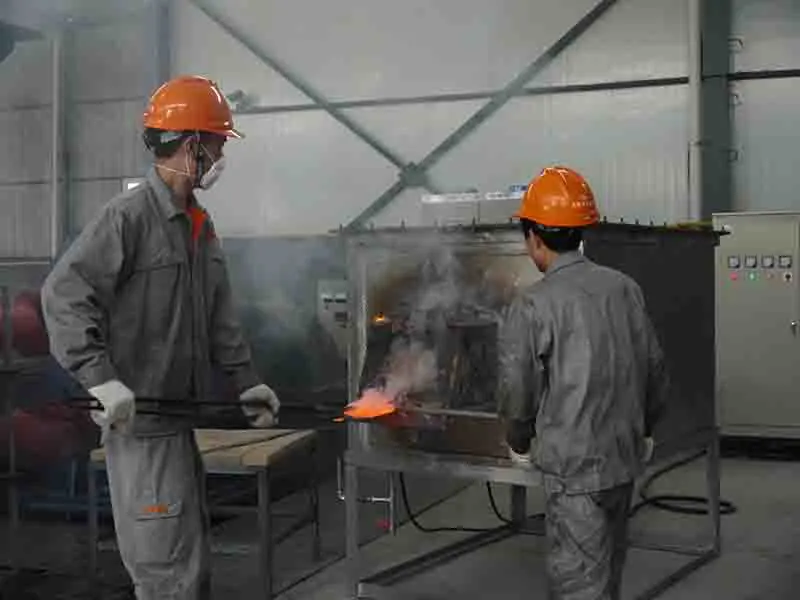 |
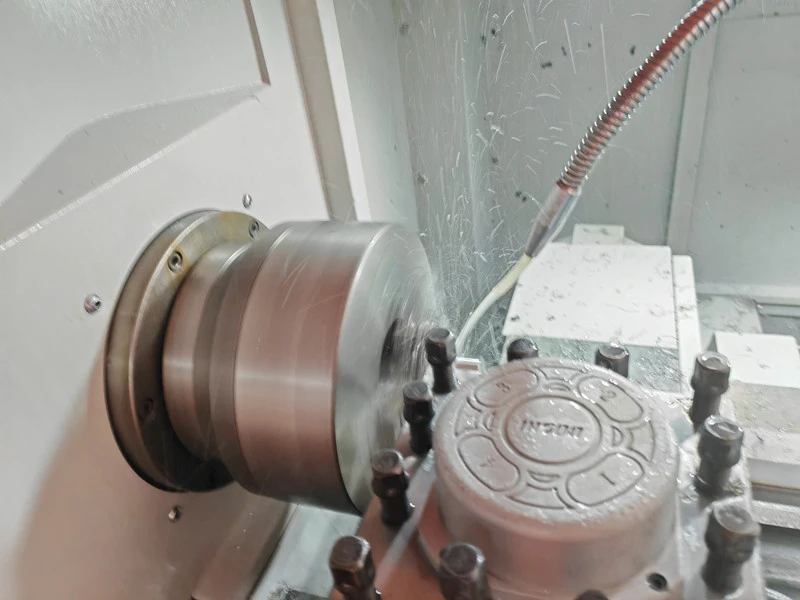 |
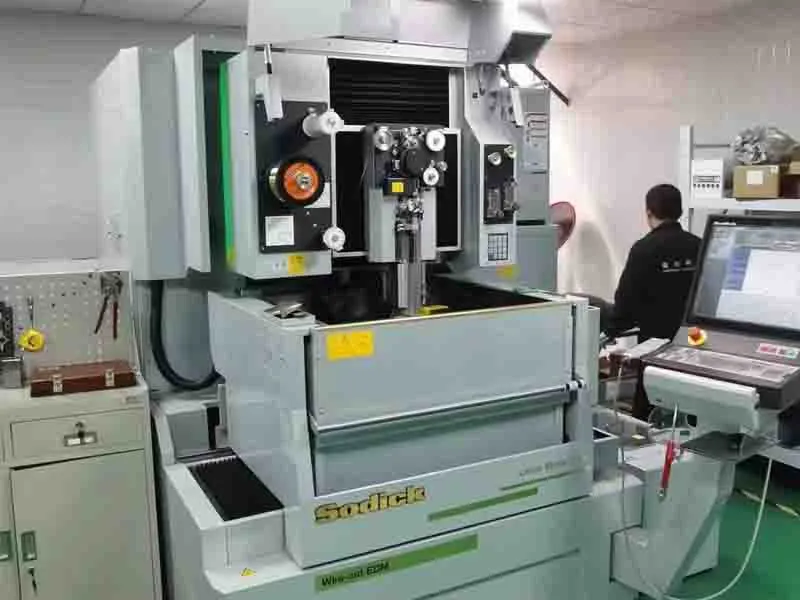 |
Troubleshooting Common Issues
Despite careful usage and maintenance, issues may occasionally arise with molybdenum crucibles in UHV evaporation processes. Understanding common problems and their solutions is essential for maintaining optimal performance and minimizing downtime.
One frequent issue is uneven heating or hot spots, which can lead to inconsistent evaporation rates and film quality. This problem may be caused by poor thermal contact between the crucible and the heating element, or by deformation of the crucible over time. Solutions may include adjusting the crucible's position, replacing worn heating elements, or using thermal interface materials to improve heat distribution.
Another potential problem is the formation of alloys or reactions between the evaporant material and the molybdenum crucible, particularly at high temperatures. This can lead to contamination of the deposited films and damage to the crucible. To address this issue, it may be necessary to use liner materials or specialized coatings that are compatible with both the evaporant and molybdenum, or to adjust process parameters such as temperature and deposition rate.
Conclusion
Molybdenum crucibles play a pivotal role in ultra-high vacuum evaporation processes, enabling precise and controlled thin film deposition across various cutting-edge fields. Their unique properties make them indispensable in semiconductor manufacturing, materials science research, and nanotechnology applications. By understanding the fundamentals of molybdenum crucible UHV evaporators, their diverse applications, and best practices for their use and maintenance, researchers and industry professionals can harness the full potential of these critical components in advancing technology and scientific discovery.
Contact Us
For more information about our high-quality molybdenum crucibles and other products for UHV evaporation processes, please contact Shaanxi Peakrise Metal Co., Ltd. at info@peakrisemetal.com. Our team of experts is ready to assist you in finding the perfect solutions for your advanced thin film deposition needs.
References
Smith, J. A., & Johnson, R. B. (2020). Advanced Materials for Ultra-High Vacuum Applications. Journal of Vacuum Science and Technology, 38(4), 123-145.
Chen, L., et al. (2019). Molybdenum Crucibles in Thin Film Deposition: A Comprehensive Review. Thin Solid Films, 675, 48-63.
Williams, E. M. (2021). Ultra-High Vacuum Techniques for Nanomaterial Synthesis. Springer International Publishing.
Tanaka, H., & Yamamoto, K. (2018). Optimization of Crucible Design for Uniform Thin Film Deposition. Applied Surface Science, 442, 512-520.
Rodriguez, A. C., et al. (2022). Recent Advances in Molybdenum-based Materials for Semiconductor Manufacturing. Semiconductor Science and Technology, 37(6), 064002.
Lee, S. H., & Park, J. Y. (2020). High-Performance Crucibles for Ultra-High Vacuum Evaporation: Challenges and Opportunities. Vacuum, 172, 109083.
